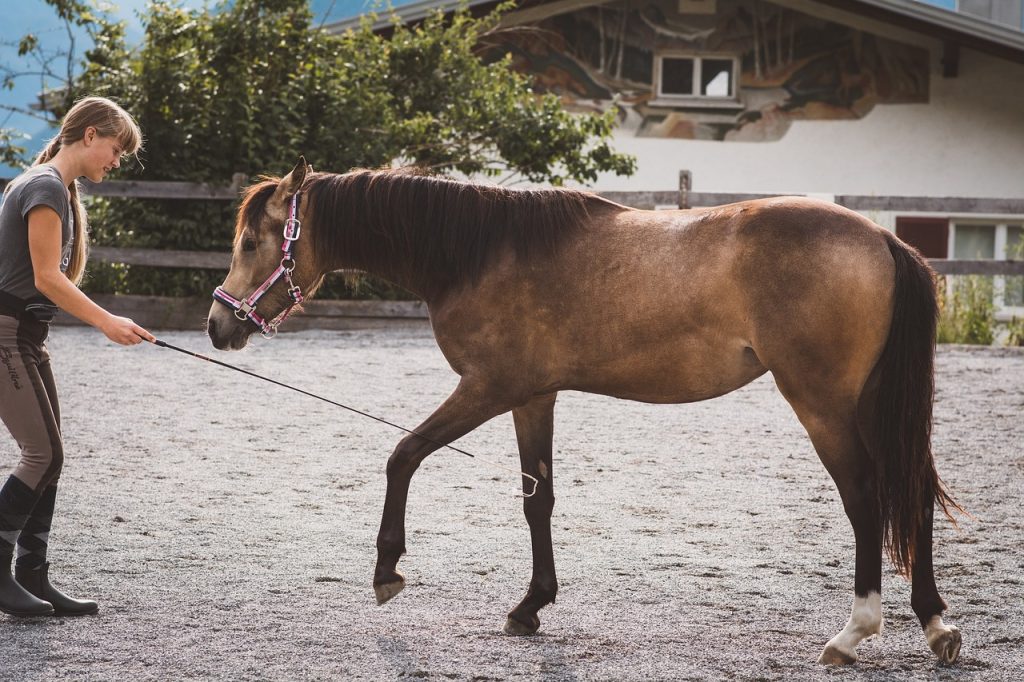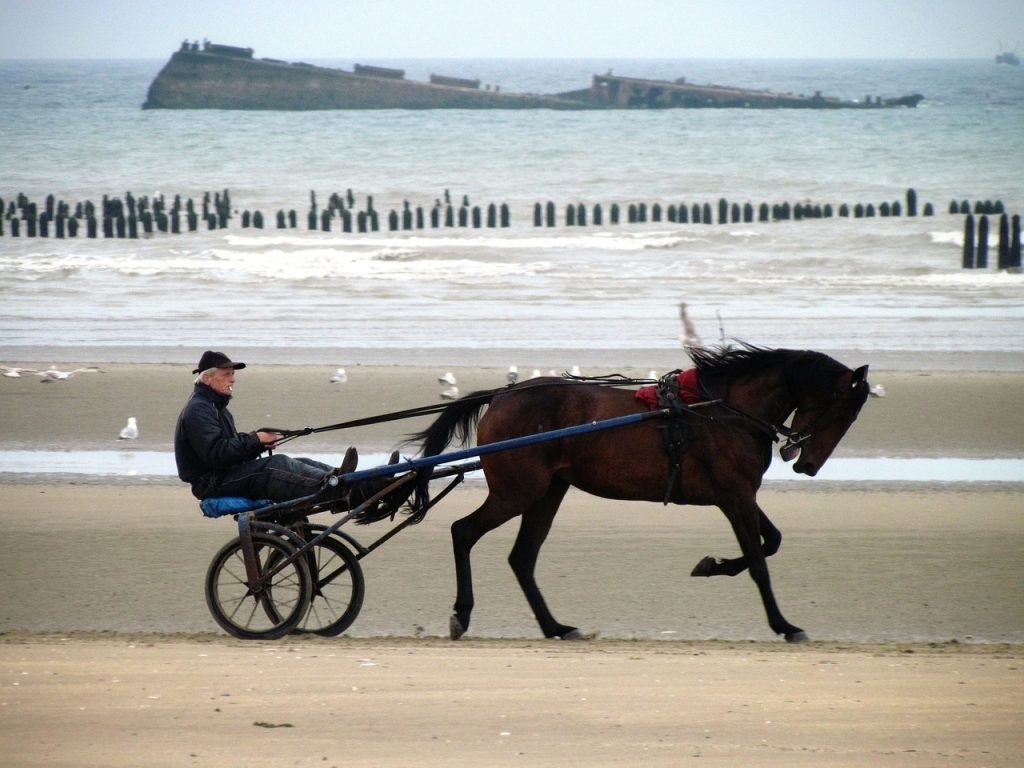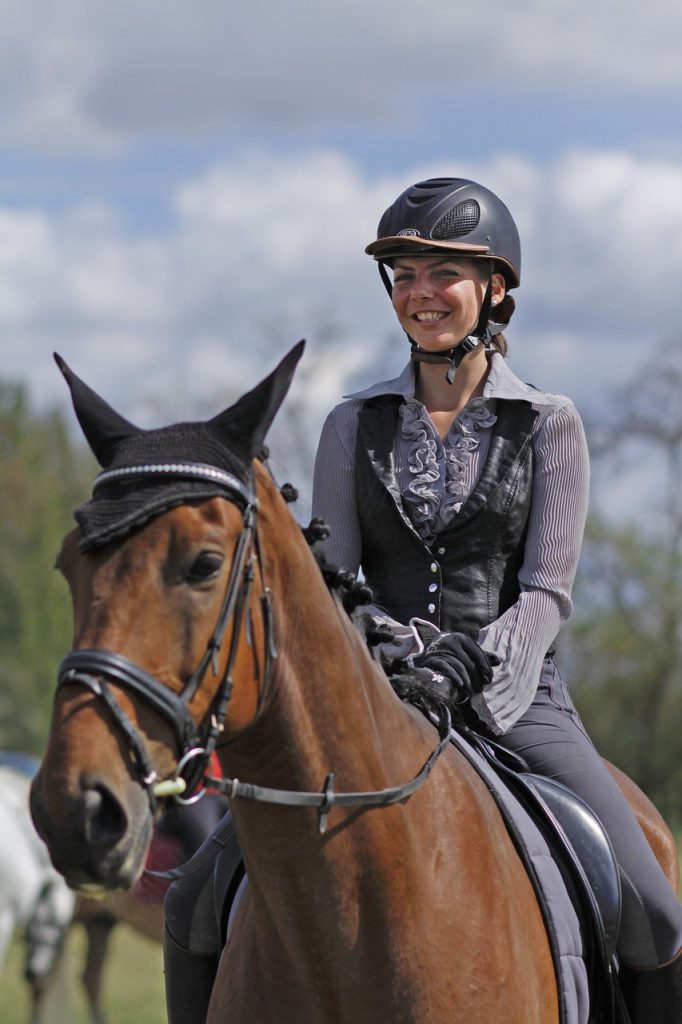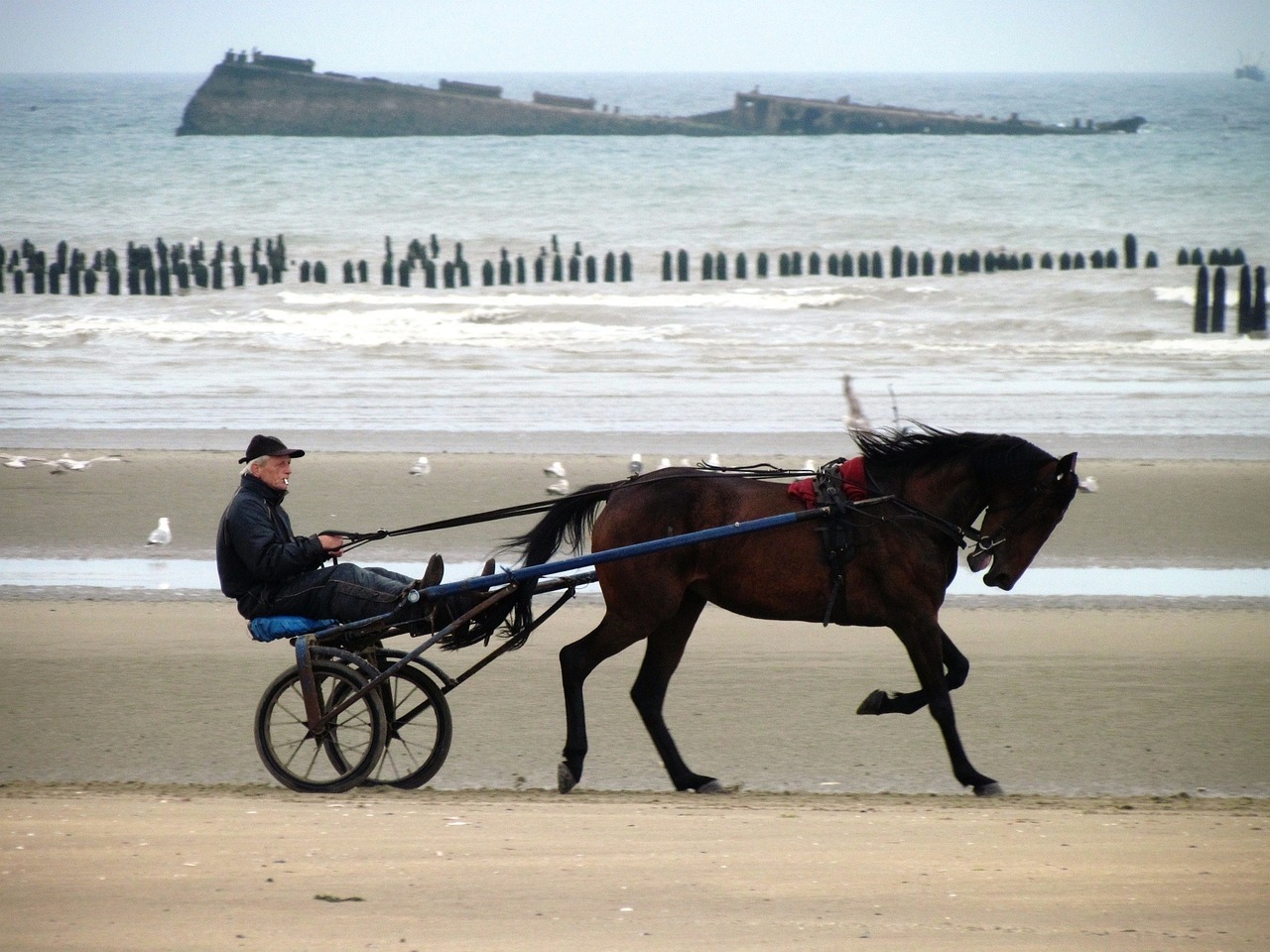In the article, “Essential Guidelines for Handling Young Horses,” there’s an exploration into the fundamental principles of horse training, honing in specifically on young horses. Shining a spotlight on the importance of forming strong relationships between horse and handler, it showcases how employing delicate and critical training techniques promote security and versatility for these stunning creatures. This discussion breaks down these key practices, ensuring that young horses are nurtured responsibly and prepared for a range of diverse activities. So, if you’re keen to understand more about equine care, this article is your guide.

This image is property of pixabay.com.
Understanding Young Horse Behavior
If you’ve ever spent time around young horses, you know that their behavior can sometimes be unpredictable. It’s crucial to understand their unique personalities and learn to interpret their body language to safely interact with them. Again, you need to keep a watchful eye on their actions.
Decoding young horse behaviors
Young horse behaviors can range from playful curiosity to sudden fearfulness. They’re inquisitive and eager to explore, but they’re also learning about their environment and how to be a horse. It’s vital you learn to decode these behaviors to ensure their welfare and build a stronger bond with them.
Common young horse reactions
Common reactions in young horses include kicking, biting, and running away. These behaviors aren’t usually signs of aggression, but rather manifestations of their instinctual flight-or-fight response. It’s vital to approach these situations calmly and introduce new experiences gradually to allow them to gain confidence.
Tuning into their body language
A horse’s body language can tell you everything you need to know about its mood or comfort level. Raised tails, pricked ears, or flared nostrils might indicate anxiety or excitement. On the other hand, a relaxed posture, lowered head, and half-closed eyes suggest contentment and relaxation.
How their environment affects behavior
A horse’s environment can greatly influence its behavior. An overcrowded, noisy area can cause stress and anxiety, whereas a calm, spacious environment fosters tranquility. Make sure they have ample space to themselves and a safe shelter to retreat to when they’re feeling overwhelmed.
Safety First in Handling
Like with all animals, safety must always be the priority when handling young horses.
Safe approaches to approaching young horses
Maintaining calmness and patience when dealing with young horses is important. They’re likely to be skittish and fearful of new things, so it’s best to approach them slowly and let them get used to your presence over time. Never sneak up on a horse, always approach from their side where they can see you plainly.
Proper handling attire
Wearing the right clothing and shoes is also crucial for safety. Avoid loose, flowing clothes that might scare them or could snag on something, and always wear sturdy, closed-toe shoes to protect your feet.
Understanding horse safety zones
Being aware of horse’s safety zones can help avoid any unintentional injuries. Horses have blind spots directly in front of their noses and directly behind them, so it’s best to maintain a safe distance and always let a horse know you’re near.
Basic Training Techniques
Training a young horse involves building trust and constantly rewarding desirable behaviors.
Building trust through gentle techniques
Trust is the foundation of a strong bond with your horse. This comes with time and patience, demonstrating to the horse that you won’t harm them and encouraging their curiosity.
Repetition and consistency in training
Consistency is another key to successful training. Repeating commands and actions helps horses understand expectations.
Using rewards to reinforce positive behavior
Rewarding positive behavior is also an important part of training. This can be verbal praise, petting, or treats. Rewards encourage the horse to repeat the behavior, reinforcing the training.
Socializing the Young Horses
Socializing young horses is crucial for their development.
Techniques for socialization
Introducing horses to a wide range of experiences and environments can help them adjust and feel comfortable around different stimuli.
Importance of socializing with other horses
Socialization also applies to experiences with other horses. This helps them learn how to behave and interact properly within their species.
Gradual introduction to new environments
Introducing horses to new environments should be done gradually to avoid overwhelming them. This slow introduction fosters confidence and helps them adapt easily.

This image is property of pixabay.com.
Handling Fear and Anxiety
Fear and anxiety are natural responses in young horses subjected to new experiences.
Identifying signs of distress in young horses
Signs of distress such as restlessness, aggression, or unusual timidity indicate that a horse is uncomfortable, anxious, or scared.
Techniques for handling fearful horses
Techniques such as desensitization and counter-conditioning are effective for managing fearful horses. These methods involve gradually exposing the horse to the source of its fear until it becomes accustomed to it.
Building confidence through exposure and habituation
Exposure and habituation involve regularly subjecting the horse to a certain situation or environment until they become used to it and no longer react fearfully.
Nutritional Needs of Young Horses
Young horses have unique dietary needs that must be met for proper growth and development.
Monitoring growth and development
Close monitoring of a young horse’s growth and development can help determine if their dietary needs are being met.
Adapting feed and nutrition
Making appropriate adjustments to the horse’s diet as they grow ensures they get the right nutrients necessary for their development.
Preventing diet-related issues
Balancing the diet and providing access to fresh, clean water helps prevent diet-related issues like colic, laminitis, and growth disorders.

This image is property of pixabay.com.
Physical Exercise and Play
Play and exercise are pivotal to a young horse’s development and overall well-being.
Importance of physical exercise
Exercise promotes physical development, muscular strength, coordination, and cardiovascular health.
Creating spaces for play
Having a safe space where young horses can play and frolic is ideal for their development. It allows them to express their natural behaviors and learn from each other.
Monitoring intensity and frequency of exercise
It’s important not to overwork a young horse. Checking the intensity and frequency of their exercise helps prevent exhaustion and injuries.
Special Care for Orphaned and Abandoned Foals
If you encounter an orphaned or abandoned foal, it needs immediate care and possibly medical attention.
Recognizing signs of abandonment
A foal found alone without a mare around might be abandoned. Other signs include malnutrition and distress.
Immediate care for orphaned foals
Orphaned foals need immediate care. This can include supplementary feeding, providing a comfortable shelter, and possibly seeking veterinary help.
Fostering and reintroduction techniques
Once stabilized, orphaned foals can be fostered. Gradual reintroduction to other horses helps readjust them into equine society.
Medical Care and Regular Checkups
Regular vet checkups are essential to maintain the health and well-being of young horses.
Importance of scheduled vet checkups
Routine vet visits ensure that your horse is growing well and help detect any health issues early on.
Basic health routines for young horses
Basic health routines such as vaccinations, deworming, hoof care and dental checks are critical and should not be neglected.
Handling medical emergencies
In case of a medical emergency, it’s important to keep calm, move the horse to a safe place, and contact a vet immediately.
Preparing for Ridings and Trail Experiences
Your horse’s introduction to riding should be slow and gradual to ensure they’re comfortable.
Slowly introducing the saddle and bridle
Introducing the saddle and bridle slowly helps the horse get used to these new experiences.
Gradual introduction to rider’s weight
Introducing weight gradually, whilst reinforcing positive behavior helps them adjust.
Techniques for first trail experiences
When you are ready for their first trail ride, start at a walk and keep the first few outings short and sweet. This way, you create a positive experience for them which will help ease the transition to a fully working horse in later stages.
